For a long time, the idea that animals could experience complex emotions like sadness or depression was dismissed as wishful thinking.
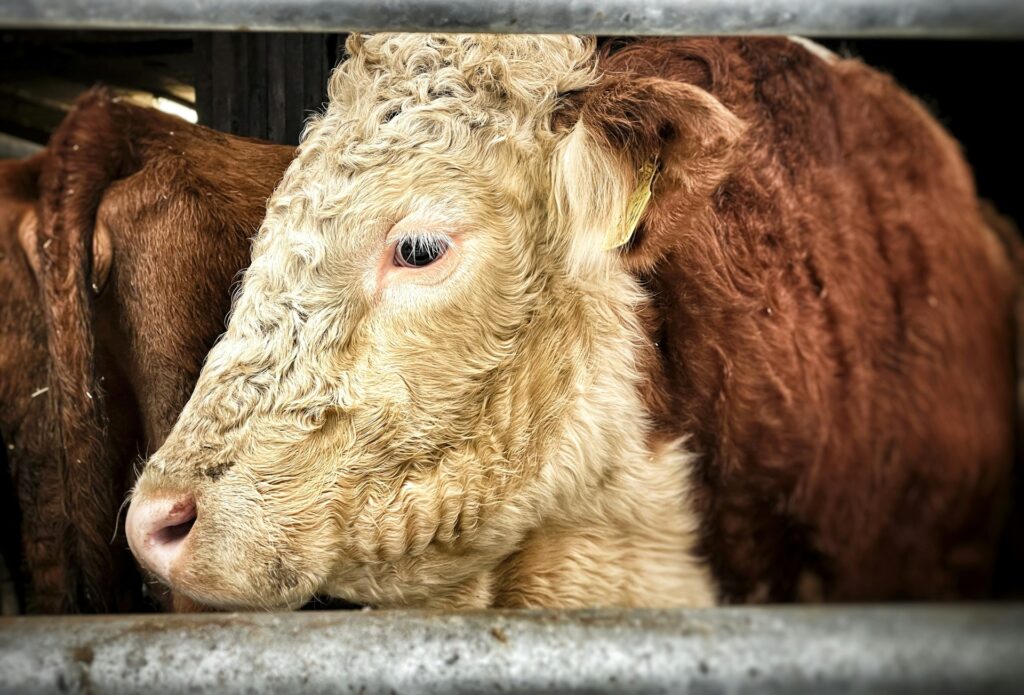
It was widely assumed that emotional depth was a uniquely human trait, and animals were seen as creatures of instinct rather than feeling. But scientific research over the past few decades has steadily challenged that view—and today, the question isn’t whether animals feel, but how much they feel and what that means for their wellbeing.
Across species, scientists are now gathering an increasingly nuanced understanding of how emotional states manifest, how those states influence behaviour, and what they can teach us about both animals and ourselves. Whether it’s a parrot grieving the loss of a companion or a chimpanzee developing trauma responses, there’s a growing body of work suggesting that animal emotions are far more developed than we once believed.
Evidence of animal emotions

Modern science has uncovered substantial evidence that animals experience a range of emotions. Dogs show signs of joy, jealousy, anxiety, and even behaviours that resemble guilt (though some argue this is more about reading human body language than feeling remorse). Elephants have been observed mourning their dead. Primates like chimpanzees and bonobos display empathy, console one another, and develop lasting social bonds. Even rats have been found to exhibit signs of empathy and laughter-like ultrasonic vocalisations when tickled, according to a study published in Science Daily.
Research into animal cognition has also found signs of hope, frustration, and even what may be pride. Birds such as magpies and crows, for example, pass the mirror test, showing self-recognition. Dolphins, too, have shown signs of emotional intelligence and intricate social connections. In fact, according to neuroscientist Jaak Panksepp, emotional systems in the brain are evolutionarily ancient and can be found in a wide range of species.
A key milestone in the field was the 2012 Cambridge Declaration on Consciousness, signed by a group of prominent neuroscientists, which stated that “the weight of evidence indicates that humans are not unique in possessing the neurological substrates that generate consciousness.” In essence, per the Cambridge Declaration on Consciousness, many non-human animals share the brain structures responsible for conscious experience and emotional states.
Can animals get depressed?
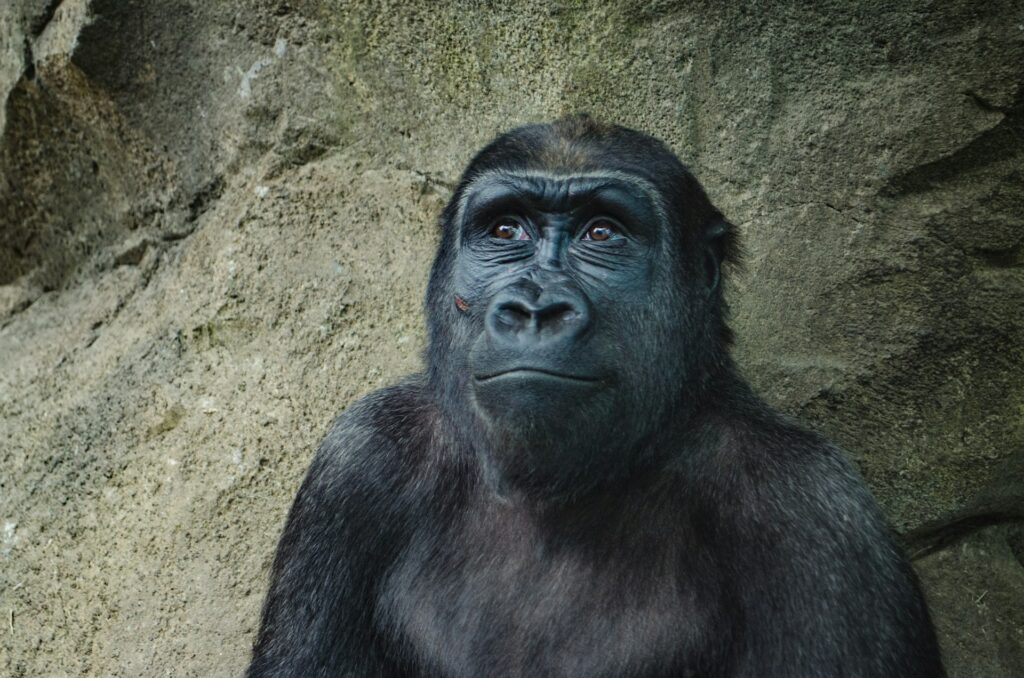
Depression in animals doesn’t always mirror the human condition perfectly, but many of the behavioural and physiological symptoms are remarkably similar. Animals suffering from depression may show a loss of interest in food, a lack of motivation, social withdrawal, sleep disturbances, or even self-harming behaviours. These signs have been observed in a variety of species, from domestic pets like dogs and cats to lab animals and wildlife in captivity.
Veterinary medicine now commonly addresses mood-related conditions in pets. Dogs who experience separation anxiety or lose a fellow pet or human companion often show signs of depression. Cats that are moved to a new environment, especially after trauma or neglect, can display long-term behavioural changes.
Research in animal models of depression—especially rodents—has been foundational to understanding the biology of mood disorders. Studies show that chronic stress can cause changes in brain chemistry and structure in animals, just as it does in humans. Key neurotransmitters like serotonin, dopamine, and norepinephrine play roles in both human and animal emotional regulation.
The impact of environment and isolation
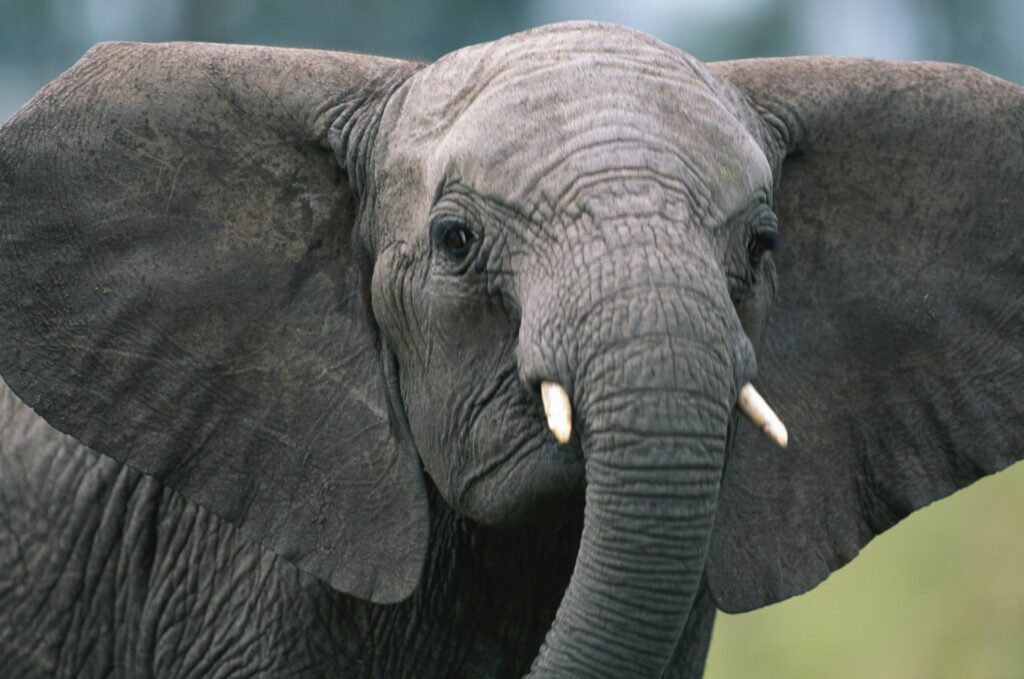
Captivity can exacerbate emotional suffering in animals. Zoo animals kept in small or barren enclosures have been seen engaging in stereotypic behaviours such as pacing, swaying, or excessive grooming—actions often interpreted as signs of distress or boredom. Studies show that animals in enriched environments, with opportunities to forage, play, and interact, exhibit fewer of these behaviours and better overall welfare.
Even relatively brief periods of isolation can have a long-lasting impact on emotionally sensitive species. Monkeys raised without maternal care, for instance, not only experience developmental delays but also long-term emotional disturbances. Pigs in industrial farms, kept without sufficient stimulation or natural light, have been found to exhibit lethargy and aggression, hallmarks of depressive-like states, per a study in Frontiers in Veterinary Science.
Laboratory animals, particularly those used in neuroscience and pharmaceutical testing, are often kept in isolated and unstimulating conditions. This can not only skew results (because stressed animals react differently to stimuli) but also raises ethical questions about the emotional toll of captivity. The mental state of the animals, in these cases, directly affects the validity of the experiments.
The role of social bonds
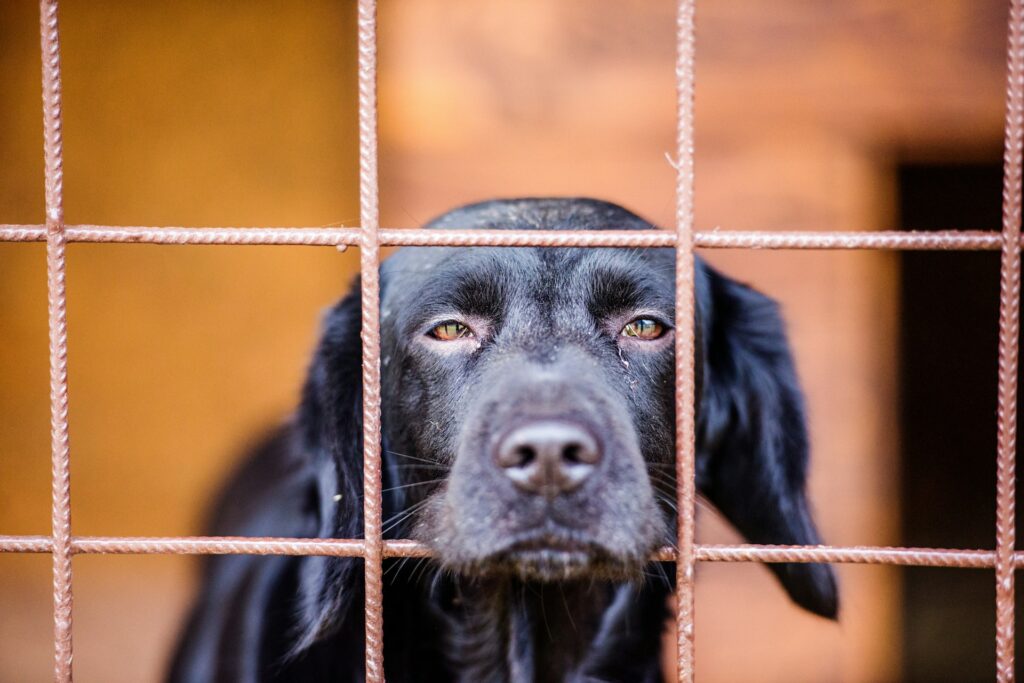
Social animals in particular are vulnerable to emotional distress when relationships are disrupted. Dogs who lose their owners often exhibit mourning behaviours—searching, whimpering, or losing interest in play. Elephants have been documented returning to the bones of lost herd members, touching and standing near them in ways that suggest recognition and grief.
In primate studies, rhesus monkeys and chimpanzees separated from companions show behavioural symptoms consistent with depression, including refusal to eat, listlessness, and withdrawal from group activity. Harry Harlow’s controversial 1950s experiments with infant monkeys deprived of maternal contact demonstrated long-lasting psychological damage—a finding that helped shape modern theories of attachment and trauma in humans.
Birds, too, show intricate social lives. Parrots kept as pets often develop intense bonds with their human caretakers and can fall into destructive behaviours if those bonds are broken. Crows and ravens—already known for their intelligence—also form long-term partnerships and exhibit social preferences, which suggests emotional depth and memory.
Depression and trauma in wild animals
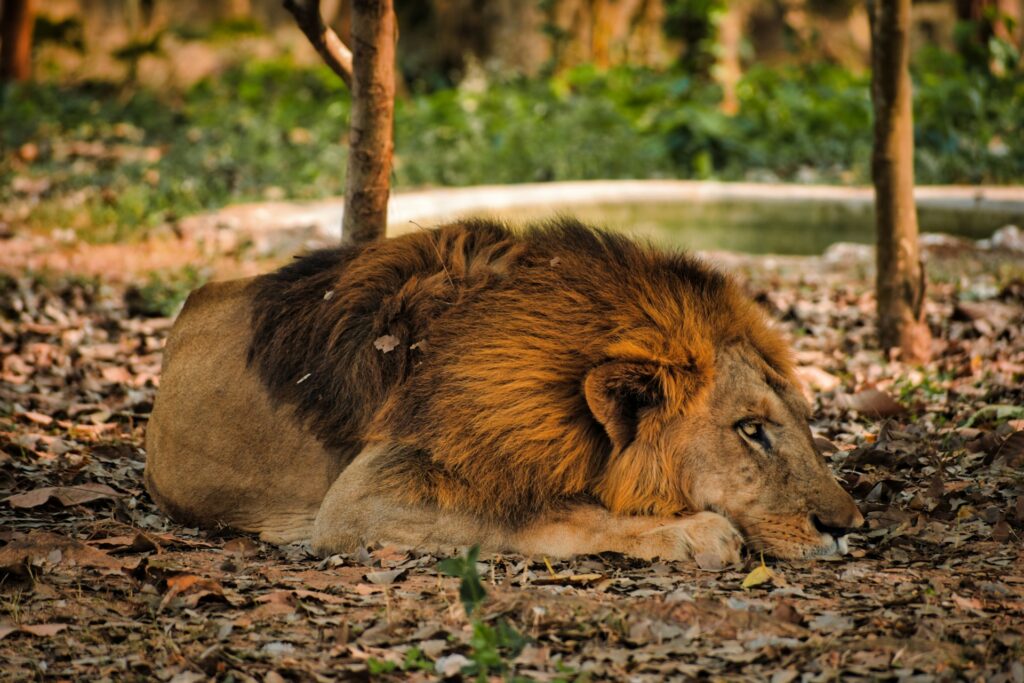
Wild animals are not immune to emotional suffering. Orphaned orangutans rescued from the pet trade or deforestation often display symptoms of long-term emotional distress. Their recovery can take years and depends heavily on stable care, social interaction, and rehabilitation environments that mimic their natural habitat.
As highlighted by The New York Times, elephants in regions affected by poaching or war have shown signs of PTSD-like behaviour—hypervigilance, aggression, or social dysfunction. Some populations have suffered disruptions to their matriarchal structures, affecting their ability to raise young or interact within herds.
Orcas and other cetaceans kept in marine parks often show signs of depression and psychological stress. A famous example is Tilikum, a captive orca who spent most of his life in small tanks and was involved in multiple incidents of aggression, widely attributed to the effects of confinement and trauma.
Animal models in mental health research

Animal studies have played a major role in advancing our understanding of human mental health. Researchers use rats and mice to study brain function, test antidepressants, and explore the effects of trauma and isolation. These models are based on the assumption that animals have emotional states that can be influenced and observed—an idea once controversial but now foundational.
Experiments like the forced swim test or the sucrose preference test are used to assess depressive-like states in rodents. While these tests are not without ethical concerns, they reflect a broader acknowledgement that animals do experience psychological suffering in ways that can be studied and potentially alleviated. Findings from these studies have informed everything from pharmaceutical treatments to therapy models.
What this means for animal welfare

Understanding that animals can get depressed—and do—has massive implications for how we treat them. It challenges the ethics of intensive farming, industrialised animal testing, circuses, and poorly run zoos. It also redefines pet ownership, encouraging people to think of their pets not just as companions but as emotionally complex beings with their own needs and inner lives.
Animal welfare standards are beginning to reflect this shift. Organisations like the RSPCA and the American Society for the Prevention of Cruelty to Animals (ASPCA) advocate for enrichment, proper socialisation, and mental stimulation as essential components of animal care. The Five Freedoms framework, widely adopted in animal welfare, includes freedom from fear and distress as one of its core principles.
Legislation is also starting to catch up. Some countries have granted higher legal protections to animals based on their cognitive and emotional capacities. The UK legally recognises animals as sentient beings under the Animal Welfare (Sentience) Act 2022, opening the door to stronger, more humane treatment under law.
A more compassionate future

The more we learn about animal emotions, the more obvious it becomes that our relationship with animals must evolve. It’s no longer enough to meet their physical needs—we have to consider their psychological wellbeing, too. Whether it’s in the home, the lab, the farm, or the wild, animals deserve environments where they can express natural behaviours, form bonds, and live without fear or prolonged emotional distress.
Educating the public about animal emotions is also a crucial step. When people understand that animals can suffer mentally, they’re more likely to support changes in legislation, donate to conservation efforts, or adopt more humane practices in everyday life. Schools, media, and campaigns have an important role to play in shifting public perception.
Animal emotions are real, complex, and scientifically recognised

From grief-stricken elephants to dogs battling anxiety, the emotional lives of animals are not a matter of speculation—they are a matter of empathy, observation, and growing evidence. Depression, once thought to be an exclusively human affliction, is now understood as something that many animals can experience under the right (or wrong) conditions.
This isn’t just an argument for better treatment of animals—it’s a reminder of how connected we all are. Emotions aren’t exclusive to humans. They are part of the biological fabric that links us with the natural world. Recognising this can make us better caretakers, better advocates, and perhaps even better people.